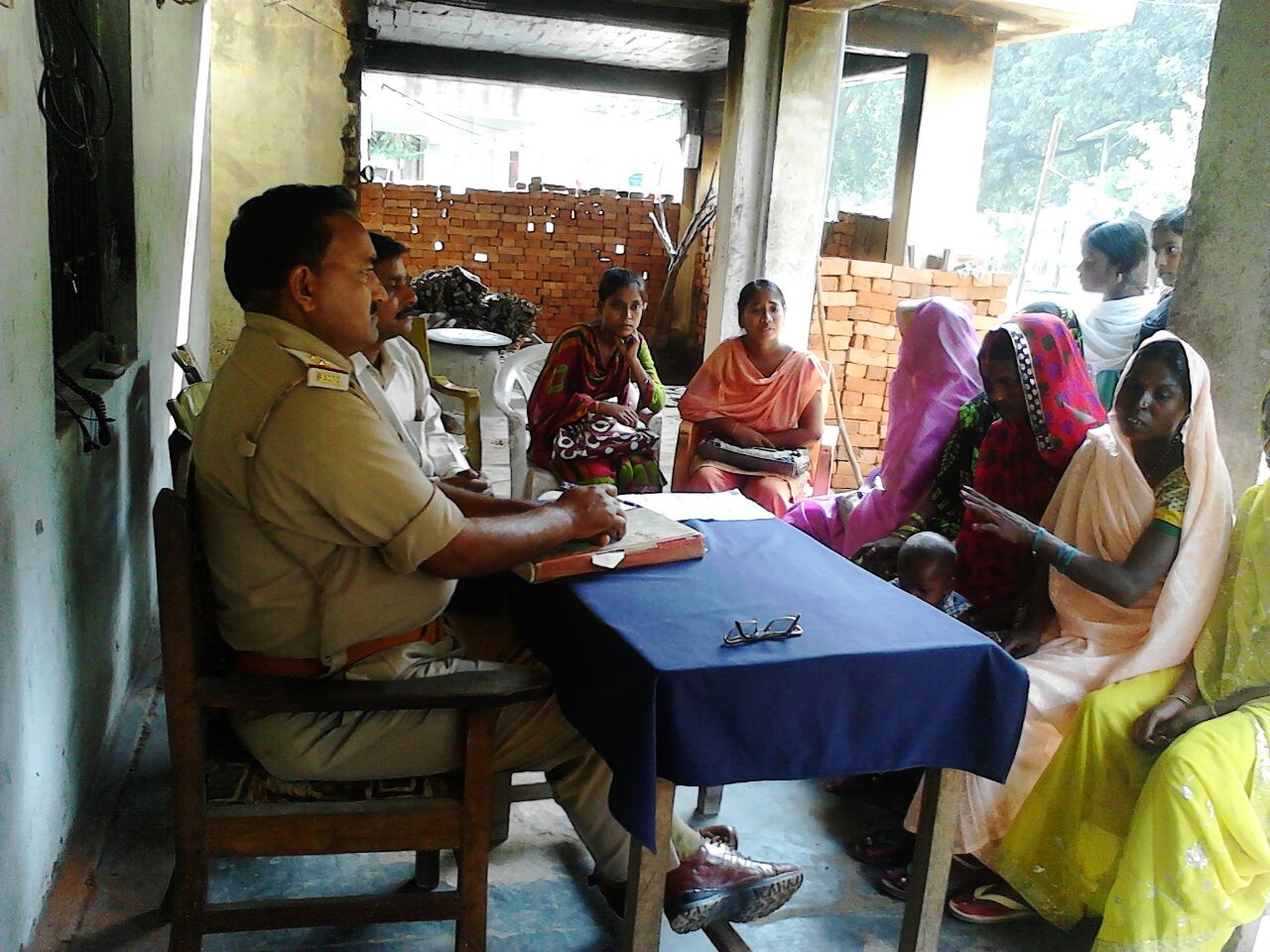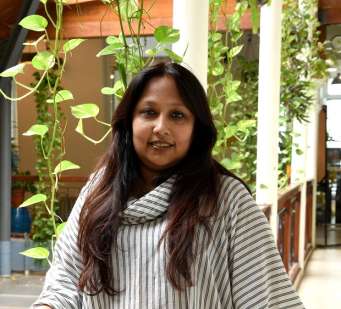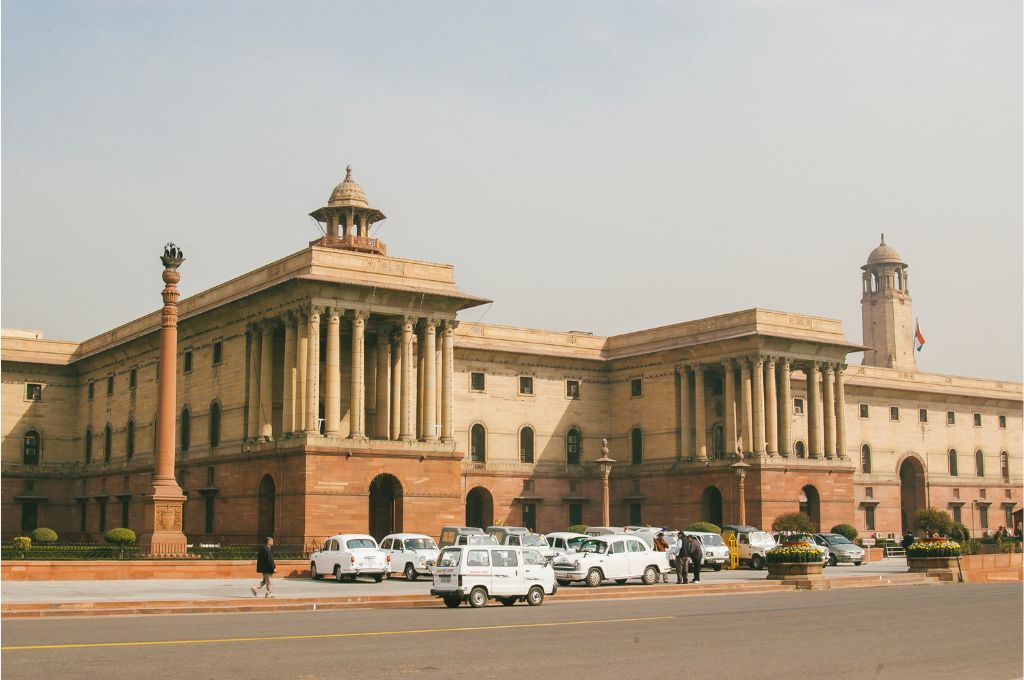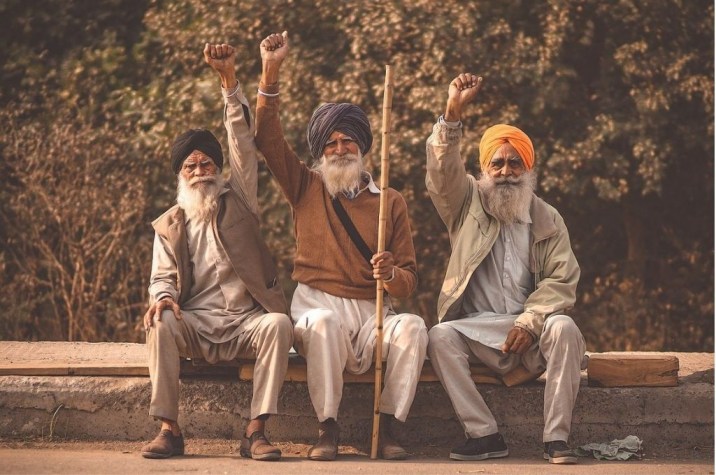The power of networks is well recognised by every player in the social sector. Whether we are governments, philanthropists, policy makers, or practitioners, most of us can picture the results of well-coordinated inter-linkages: supportive communities, open dialogue, joint manifestos, and great results.
What is much less clear is how this will happen. Defining exactly what needs to be done as part of coordinated, collaborative action tends to be challenging; especially when it comes to low resource communities where formal and informal systems must combine capabilities and implement action in real time on the ground. In most cases coordination must also happen with few additional resources allocated specifically for it.
In such situations, what does it take to help a wide range of actors with a diverse set of interests come together and work effectively?
At Aangan, much of our work is about creating spaces of mutual trust where diverse groups can discover ways to work together on child safety, even when they are unlikely allies. Based on our work in bringing together thousands of community-based women volunteers with hundreds of local officials, across six districts in the states of Bihar, Bengal, Rajasthan, Jharkhand, Uttar Pradesh, and Odisha, here are some insights about what actually works.
1. Recognise that history, geography and chemistry matter
Why do people resist, and even refuse to collaborate with each other? Understanding existing institutionalised arrangements in their entirety is a good first step towards leveraging or re-orienting them. To do this, it is better to avoid shortcut analyses like ‘police officials are all corrupt and cannot work with honest citizens.’ Instead, a deeper insight about the groups involved, their history, and what they represent is more helpful.
Avoid shortcut analyses like ‘police officials are all corrupt and cannot work with honest citizens’.
Take, for example, an urban basti in Bihar where there is mutual mistrust between police and community members. The residents—migrant families from the Nat community—had rarely sought protection from the police, preferring to refer problems to their own informal khap panchayat administration systems. Women volunteers clearly said that the police would never trust them, and were afraid that if they took a complaint to the police, they would likely end up being accused or intimidated themselves.
After more than a year of work with women volunteers and local police to re-set this relationship through regular interface (meetings where women share their fears, local knowledge and action, listen to the police talk about laws, the benefits of early reporting, and more) and joint planning sessions, there is a small, but definite shift. In fact, in 2016, a group of (Nat) women volunteers put aside their fears of being targeted by local police as criminals and went to the police station to report an unaccompanied adolescent girl who had wandered into the basti and was clearly lost. Once the complaint was made, the police and other agencies took over, protocols kicked into motion, and they were able to find the girl’s family within a day.

Community members engage with the police | Photo courtesy: Aangan
This one step by the community women, and the manner in which the police responded, readjusted the deeply fractured relationship between them, helping make regular engagement and successful joint action possible.
2. Create a joint vision
Coordination is hard work and requires more than good intention and spirit. If coordination activities are to be introduced and thrive on the ground, they first need to be recognised as important, and something to aspire to. Interest by state-level authorities plays a crucial role, as does community support.
When working with stakeholders who are different from each other, it is imperative that you get them to speak a common language, or create a joint vision. For instance what does a transparent organisation, gender sensitive school, child friendly police station, or safe city actually look like? Only when you know that will you be able to break down action points needed by different stakeholders.
An example of this is our work towards creating child-friendly rehabilitative shelter homes for child survivors. The methodology we followed was to provide one set of demonstrable actions for the children, staff, inspection committees, service providers, and the state—thus laying the framework for a joint vision of a home, which was built on people fulfilling their own roles and responsibilities.
3. Match mandates
One of the most effective things we have tried at Aangan is helping groups (who might typically avoid collaborating with one another) to find value in each other and gradually define a joint vision and strategy. Only when officials and communities see the usefulness of accommodating each other’s needs does coordination become a valuable activity.
When officials and communities see the usefulness of accommodating each other’s needs, coordination become a valuable activity.
One example of how this happens is when adolescent girls are at high risk of dropping out for marriage, or adolescent boys are at risk of being pulled out to work during the harvest season. Community women volunteers are able to identify these families early so that school principals can coordinate with local officials to deliver government schemes designed to prevent girls dropping out to get married, or activate panchayats to deliver on government scholarships intended for child labourers to continue studying.
4. Spread the word
When coordination and collaboration are being practiced in incredibly difficult circumstances, they deserve to be seen and spoken about.
Talking about positive things that resulted from coordination is crucial to make participants feel good about the work, but more importantly, when a variety of stakeholders are each taking small decisions and actions towards a larger result, it might be hard for each of them to get a sense of how they made a difference to the final decision.
When people have coordinated successfully against all odds, recognising and validating each part of the complex maze of actions helps them (particularly officials), know that their role matters. What’s more, it highlights how even the smallest acts of omission on their part could have led to a failed result.
For example, when a single child survivor of trafficking, rescued and brought to a shelter home, had to be reunited with her family, crossing state lines, to a remote village in the back of beyond, unconnected by road or network, it took the combined effort of a multitude of people—the case worker who listened to the child and reported back in detail, the Child Welfare Committees in two states who connected with each other and reached an agreement about a course of action, the child welfare officer who filled out the necessary paperwork, the community volunteer woman who went into the field to find and convince an influential relative to advocate for the child’s return—before the child could be successfully returned home. If any one of these people had not acted in concert with the others, the child would have languished endlessly in a rescue home far away from her family.
5. Actions speak louder than words
In the final analysis, it’s only by doing the coordination that results can happen. Its much more important to act, than to write the perfect code of conduct. Taking action builds trust, and from trust can come extraordinary solutions.



